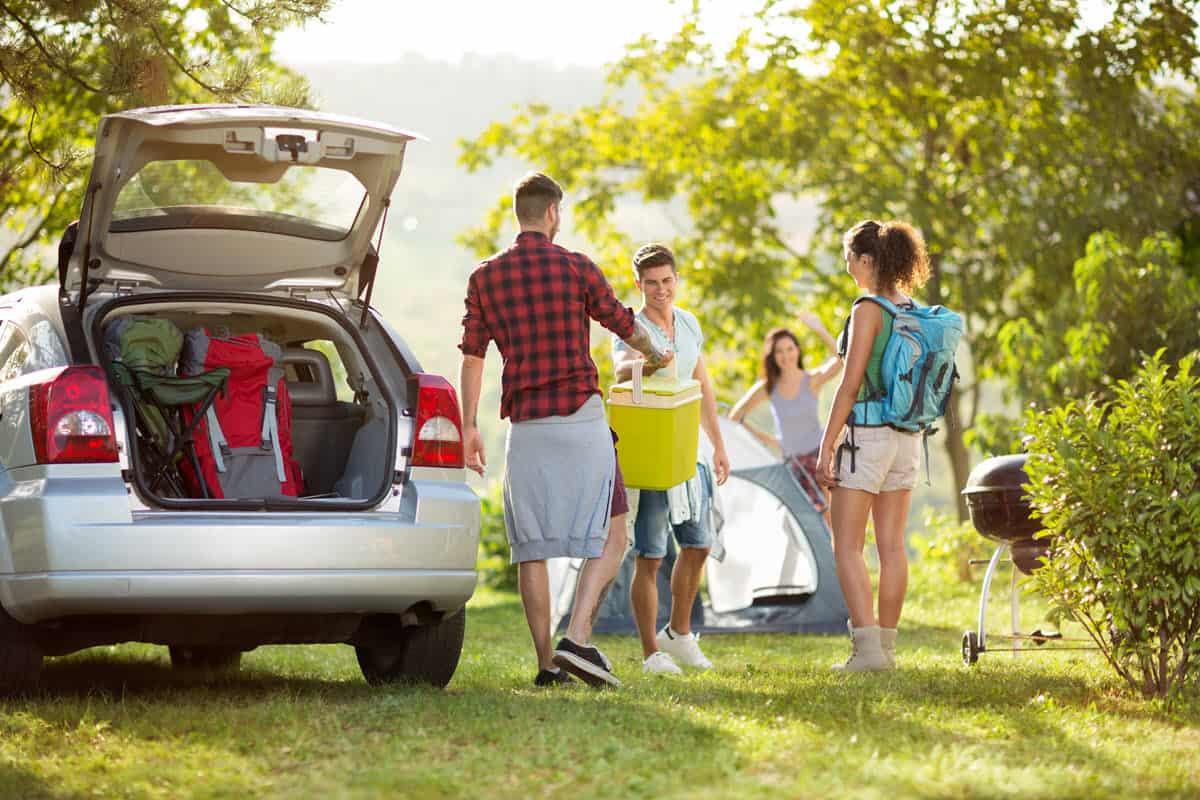Car camping is a popular and accessible way to enjoy the great outdoors. Whether you’re a seasoned camper or new to the experience, this guide will help you understand what car camping is and how to make the most of your adventure.
What is Car Camping?
Car camping generally refers to camping where you drive your vehicle directly to your campsite instead of backpacking or hiking to a remote site. There are two main types of car camping:
- Tent Camping: Setting up a tent near your parked vehicle at a campground or designated camping area.
- Sleeping in Your Vehicle: Using your car, van, or SUV as your sleeping quarters.
Key Benefits of Car Camping
- Accessibility: Easy to reach campsites and bring more gear.
- Comfort: Ability to bring larger tents, mattresses, and camping equipment.
- Flexibility: Option to easily move between locations.
- Cost-effective: Often cheaper than hotels for road trips.
Getting Started with Car Camping
Choose Your Camping Style
- Tent near your car.
- Sleep inside your vehicle.
- Use a rooftop tent.
Essential Gear
Before heading out, make sure you have all the car camping essentials. Some key items include:
- Sleeping bag and pad/mattress.
- Tent (if not sleeping in your car).
- Cooler for food storage.
- Camping stove and cookware.
- Lighting (headlamps, lanterns).
- First aid kit.
For a complete list, check out this comprehensive car camping checklist.
Finding Campsites
- Use apps like The Dyrt, Hipcamp, or Recreation.gov.
- Look for established campgrounds in national parks.
- Research dispersed camping options on public lands.
Vehicle Considerations
- Ensure your vehicle has enough space for gear and sleeping.
- Consider adding window coverings for privacy.
- Organize your car with storage bins or a cargo system.
Learn more about how to fit camping gear in your car for efficient packing.
Camping Etiquette
- Follow Leave No Trace principles.
- Respect quiet hours and other campers.
- Properly store food to avoid attracting wildlife.
Tips for Comfortable Car Camping
- Invest in a quality sleeping pad or back seat air mattress.
- Bring pillows and extra blankets for comfort.
- Use window screens or crack windows for ventilation.
- Pack layers of clothing for changing temperatures.
- Bring camp chairs for relaxing outside your vehicle.
Don’t forget to prepare a camping food list to ensure you have all the necessary provisions for your trip.
Safety Considerations
- Always let someone know your plans and expected return.
- Research the area and be aware of local regulations.
- Carry basic tools and a spare tire.
- Bring enough water and food.
- Be prepared for changing weather conditions.
If you’re planning to use a generator, make sure you know how to ground a generator when camping for safety.
Car camping offers a great introduction to outdoor adventures, combining the comforts of your vehicle with the experience of sleeping under the stars. Whether you choose to pitch a tent or sleep in your car, it’s an accessible way to explore nature and enjoy the camping lifestyle.
After your trip, don’t forget to properly store your camping gear to ensure it’s ready for your next adventure.
For those interested in alternative camping methods, you might also want to explore how to pack your motorcycle for camping for a different kind of outdoor experience.
Happy camping!

Leave a Reply